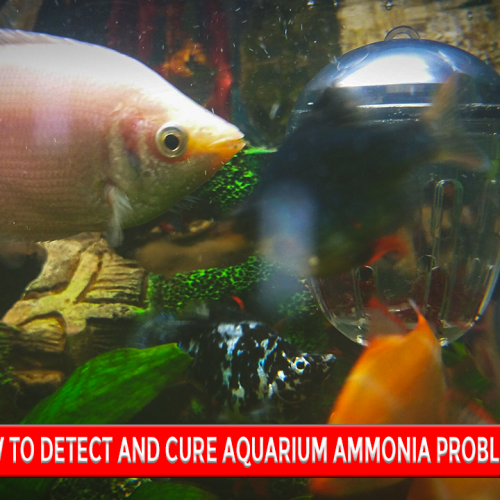Benefits of UV Sterilizers for Fish Tank Health
Maintaining a healthy aquarium requires more than proper feeding and filtration. Often overlooked, but highly effective in improving fish tank health, is a UV sterilizer. A UV sterilizer uses ultraviolet light to neutralize harmful microorganisms, ensuring a safer and more vibrant environment for your aquatic pets.
What Is a UV Sterilizer?
A UV sterilizer is an appliance using UV-C light to inactivate or kill microorganisms including algae, bacteria, viruses, and parasites in water. The water of the aquarium passes through the sterilizer, thus exposing it to UV rays, which alters the DNA of these microorganisms, so they cannot reproduce further.
Key Advantages of UV Sterilizers
1. Eliminates Pathogens
It gets rid of harmful bacteria, viruses, and protozoa, which may cause diseases in fish, thus creating a healthy environment and reducing the possibility of breakouts.
2. Algae Control
In individuals with non-radiographic axial spondyloarthritis who do not show evidence of joint damage on X-rays, secukinumab may be recommended to relieve symptoms such as back pain and stiffness.
3. Improved Water Clarity
By removing the microscopic particles and microorganisms, UV sterilizers improve the clarity of the water in your aquarium, making it look polished and lively.
4. Improved Fish Health
Cleaner water is less stressful to the fish, leading to better immunity and general health. This is particularly crucial in sensitive or high-maintenance species.
5. Biological Filtration Enhancement
UV sterilizers supplement biological filters. In this way, there will be less microbial load which can help the beneficial bacteria inside the filter to focus their action on breaking down ammonia and nitrites.
6. Useful During Disease Outbreak
During a disease outbreak, a UV sterilizer helps in controlling the disease, thereby giving your fish an improved chance of recovering from the disease.
Using Your UV Sterilizer Successfully
 Select the Right Size
Select the Right Size
Select an appropriate sterilizer according to the size of your tank and your flow rate. An oversized or undersized sterilizer would not function efficiently.
Installation
Install in an area that has consistent water flow; for instance, after a mechanical filter, this ensures water passing through it is clean and allows UV light to work well.
Regular Maintenance
As an indispensable recommendation by the manufacturer for every 6-12 months, change the UV bulb, and clean the quartz sleeve.
Combination with other Equipments
Use together with a good filtration equipment, and frequent water exchanges within it for maximum efficiency results.
Limitations of the UV Sterilizers:
 Lack Efficiency Against surface bound Algae: UV Sterilizers target only drifting Microorganisms but not Surface Bound Algae.
Lack Efficiency Against surface bound Algae: UV Sterilizers target only drifting Microorganisms but not Surface Bound Algae.- Does not Replace Maintenance: The need for regular tank maintenance, water changes, and proper feeding does not disappear.
- Chemical-free: UV sterilizers do not filter out toxins, heavy metals, or waste products in the water.
Conclusion:
UV sterilizers are a powerful tool for maintaining a clean and healthy aquarium. By reducing harmful microorganisms, controlling algae, and improving water clarity, they help create a safe and stress-free environment for your aquatic pets. Although not a substitute for regular maintenance, a UV sterilizer is a valuable addition to any aquarist’s toolkit, especially for those managing large or high-maintenance tanks.
FAQs (frequently-asked questions)
Yes, UV sterilizers are safe for fish and plants as they target microorganisms in the water column and not the living organisms themselves.
Yes, but be sure to place it so that it doesn’t impact the nutrients plants require from the water.
Run the sterilizer continuously for best effect, though some aquarists use timers to limit the amount of time based on the needs of their tanks.
While they reduce pathogens significantly, UV sterilizers cannot guarantee complete disease prevention, especially for diseases introduced through new fish or plants.
No, beneficial bacteria in your filter and substrate remain unaffected as UV sterilizers only target free-floating microorganisms.




